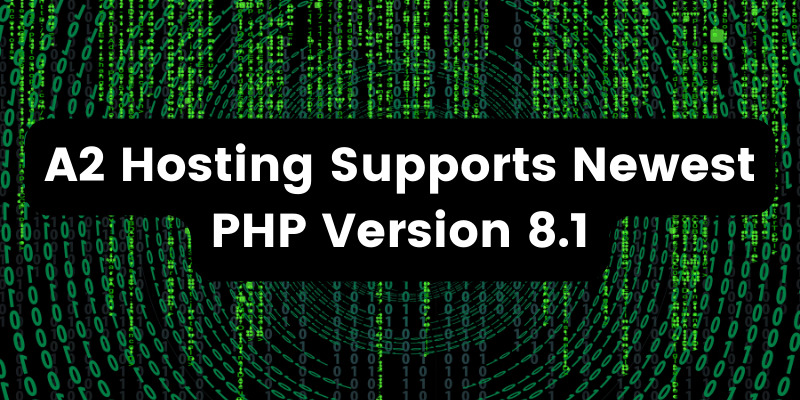- Feb 23, 2022
 0
0- by Kate Meda
Who runs the world? Domain names! Domain names literally put names on the internet. They help us identify websites and access them easily. But do you know what a fully qualified domain name (FQDN) is? In this post, we’ll go over what FQDNs are, how they work, and some common uses for them. We’ll also show you how to create one for your own website. Let’s get started!
What is a Fully Qualified Domain Name (FQDN)?
A Fully Qualified Domain Name (FQDN) is a domain name consisting of three parts: the hostname, the domain name, and the top-level domain. The hostname is the specific computer or device on the network that you want to use the FQDN for. The domain name is the section of the FQDN that uniquely identifies your network. The top-level domain is the highest level of classification for domains and is assigned by ICANN. For example, when you type “www.google.com” into your web browser, “www” is the hostname, “google” is the domain name, and “.com” is the top-level domain.
Different computer types use different terminology for FQDNs like network names or full computer names.
Why should I use an FQDN?
FQDNs indicate unique addresses on the internet. If you don’t have an FQDN, you don’t have an accessible website. They’re required for installing SSL certificates, imperative to the security of your website.
Apart from having an accessible website, FQDNs are also useful to have a discoverable computer on an internet network, like when you need to access a computer remotely. This is common in an office to track a computer’s activity.
Also, FQDNs help you access domain services like FTP (File Transfer Protocol) and email. For example, if you want to connect your domain name’s email to an email app on your phone like Gmail or Apple Mail, you need to know the FQDN for the mail server, which is typically something like “mail.yourdomainname.com.”
Here is an example of an FQDN:
- www.a2hosting.com
- mail.a2hosting.com
- ftp.a2hosting.com
How to find your FQDN
If you’re not sure how to find your FQDN, please review the following links:
Find your FQDN for Windows OS (operating systems).
When you generate a domain name, it should contain three parts. The first part is the hostname which identifies the specific computer or device on your network that will be using this FQDN. The second part of an FQDN is the domain name and it uniquely identifies your company’s network. Finally, there is the top-level domain (TLD) which classifies domains as either generic or country-code TLDs such as .com for commercial purposes. If you need help viewing any of these components within your own FQDN contact our support team today!










